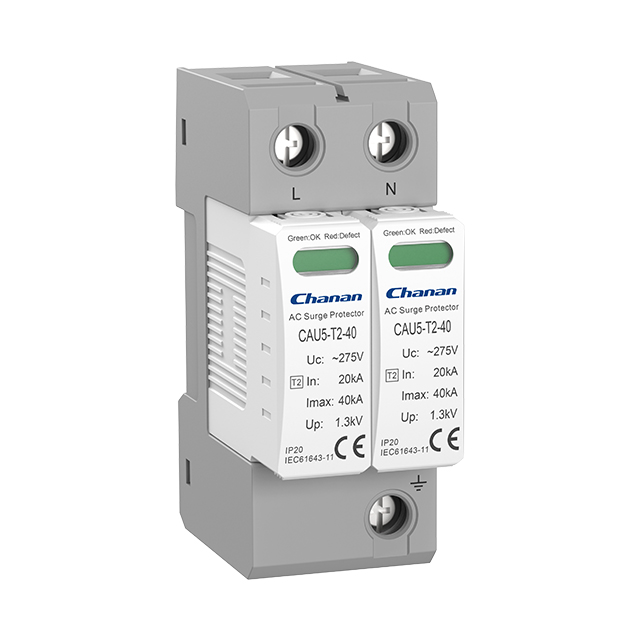

Views: 0 Author: Site Editor Publish Time: 2025-03-17 Origin: Site








Imagine losing all your data and expensive electronics in a single lightning strike—or worse, realizing that everyday power surges are slowly degrading your devices. These scenarios are more common than you think, and they highlight a critical need for surge protection that many of us overlook.In this article, we’ll tackle the question: What devices need surge protection? You’ll discover how power surges can impact your electronics and learn which devices are most vulnerable.

A power surge is a sudden spike in voltage that can wreak havoc on your electronics. Imagine your home's electrical system as a river of power. Normally, it flows smoothly, but sometimes, it gets a burst of extra energy. This extra energy is a power surge. There are two main types: internal and external.
Internal surges happen inside your home. They're usually caused by everyday activities. Think about when you turn on a big appliance like an air conditioner or a refrigerator. The motor's sudden start can send a small jolt of electricity through your wiring. These surges are small, but they can add up over time.
External surges come from outside your home. Lightning strikes are the most dramatic example. A bolt of lightning can send thousands of volts surging through your electrical system. But external surges can also happen when a power line goes down or a transformer fails. These surges are rare, but they pack a big punch.
Power surges can do a lot of damage. Big surges, like those from lightning, can fry your electronics instantly. Imagine your TV, computer, or gaming console suddenly going dark—permanently. But it's not just the big surges you have to worry about. Smaller surges happen all the time, and they can slowly wear down your devices. Over time, this gradual degradation can make your gadgets less reliable and shorten their lifespan. In fact, these small surges can happen up to 20 times a day, slowly chipping away at your electronics.
Surge protectors are like superheroes for your electronics. They stand guard and divert extra voltage away from your devices. When a surge happens, the protector sends the extra energy to the ground wire, keeping your devices safe. But they don't last forever. Surge protectors have a limited capacity, measured in joules. Each time they absorb a surge, their capacity goes down a bit. That's why many surge protectors have an LED indicator. If the light goes out, it means the protector is no longer working and needs to be replaced.
Not all surge protectors are created equal. When you're shopping for one, look at the joule rating. A higher rating means more protection. Also, check the clamping voltage. This tells you how much voltage the protector will let through before it starts diverting the extra energy. Lower is better here. Another thing to watch out for is the difference between power strips and surge protectors. Power strips just give you more outlets, but they don't protect against surges. Surge protectors, on the other hand, offer that crucial protection.

Your computer is like the brain of your home office. It stores all your important files and data. A power surge can wipe out your hard drive in an instant. That's why you need a surge protector. For extra safety, consider an uninterruptible power supply (UPS). These devices not only protect against surges but also provide backup power during outages, giving you time to save your work and shut down safely.
Your TV and home theater system are major investments. They're also super sensitive to power surges. Modern TVs have lots of electronics inside, and a surge can damage the internal circuitry. Make sure your surge protector has enough outlets to cover all the components of your entertainment system, like the cable box, sound system, and streaming devices.
You might not think about it, but your kitchen appliances need protection too. Big appliances like refrigerators and microwaves have electronic controls that can be damaged by surges. Even smaller appliances with digital displays, like coffee makers and toaster ovens, are at risk. A surge protector can keep these devices running smoothly and extend their lifespan.
Gaming consoles are expensive and full of sensitive electronics. A power surge can ruin your game and cost you a lot of money in repairs. Smart home devices, like thermostats, security cameras, and smart speakers, are always on and connected. They're especially vulnerable to surges. A surge protector ensures these devices stay functional and connected.
If you work from home, you know how important it is to keep your office equipment running smoothly. Printers, scanners, and external hard drives all need protection. A power surge can interrupt your work and cause data loss. By using a surge protector, you can keep your home office productive and safe.
Your internet connection is crucial in today's connected world. Power surges can damage your modem and router, leading to lost connections and potential hardware damage. A surge protector keeps these devices safe, ensuring you stay online and avoid costly repairs.
Protecting your devices with surge protection is essential for their safety and longevity. It prevents costly damage and keeps your electronics running smoothly. Consulting professionals ensures you get the best solutions tailored to your needs. With the right protection, you can enjoy peace of mind knowing your valuable gadgets are safe from harm. For high-quality surge protection and other electrical solutions, trust Changan Electric—a leading manufacturer of low-voltage electrical appliances.
